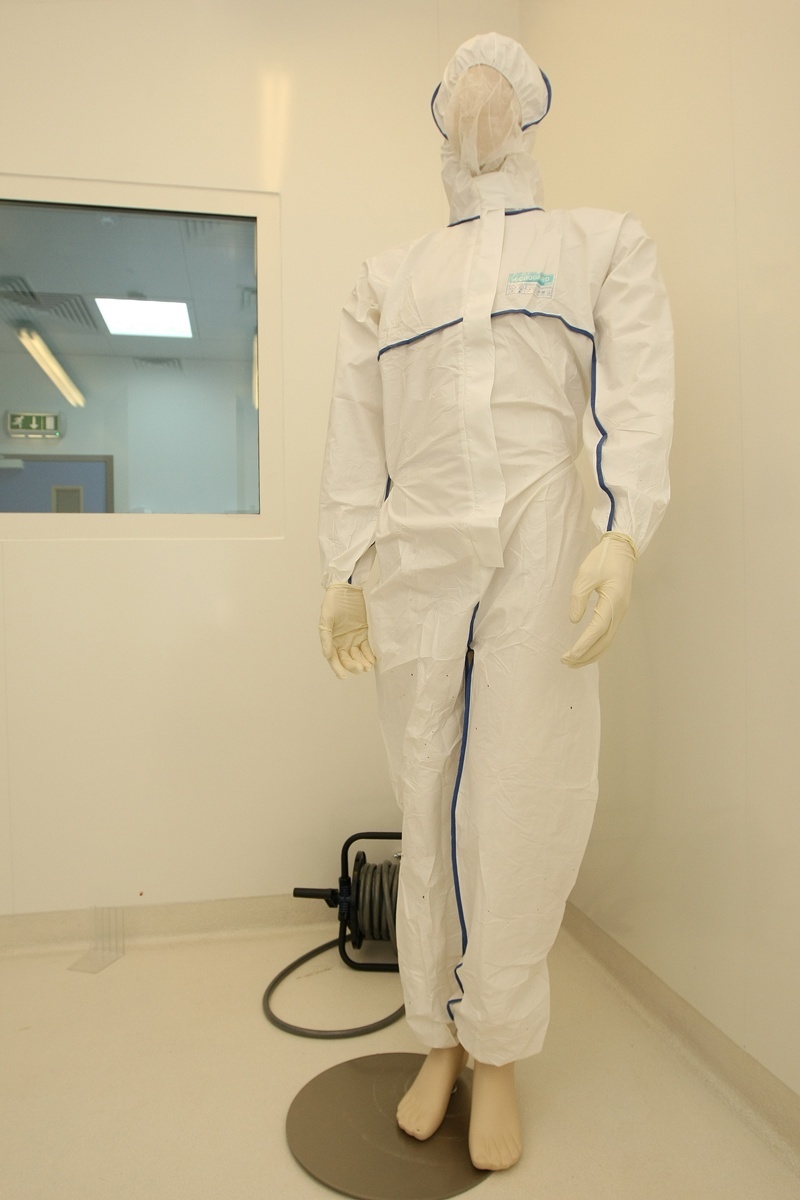The new £23.3 million police forensics lab in Dundee was officially opened on June 7, providing class-leading facilities for more than 130 crime analysis specialists.
Justice Secretary Kenny MacAskill launched the five-storey Scottish Police Services Authority (SPSA) centre, which will be used by over 100 forensic science experts and 30 IT staff.
The building is on the city’s modern Dundee One site, near the Apex Hotel and the City Quay shopping and flats development.
Boasting the latest in crime-fighting technology, the centre features a photographic studio, chemistry, biology and drugs labs, fingerprint and scene examination units, a DNA robot and the Scottish DNA database.
The staff have been moved from Tayside Police headquarters on Bell Street, which had become unfit for purpose.
The centre has been named Rushton Court after the late Dr Donald Rushton, a pioneering forensic pathologist and one of the first to introduce the techniques to police work in Dundee.
Mr MacAskill said the building would assist in the “crucial role” played by the SPSA in tackling crime in Scotland.
“I am proud of the excellent work done by SPSA’s expert forensic scientists,” he said.
“Scotland’s forensic scientists are at the forefront of new techniques in the use of DNA to identify individuals and provide the police with leads to investigate.
“DNA is a fantastic tool which can solve crimes of all levels. It is more important than ever that we provide these scientists with the tools and facilities they need to support police forces across the length and breadth of Scotland.”
Mr MacAskill toured the building with director of forensics services Tom Nelson and SPSA convener Vic Emery.AdaptableMr Nelson said, “For years our forensic science experts have been working in spaces that were cramped and overcrowded.
“The new facility provides our experts with a bespoke working environment that fits their specific needs but is also adaptable to changing demands.”
Dr Rushton’s widow Gillian Rushton was at a ceremony on level four of the building, where Mr MacAskill unveiled a plaque to open the centre.
She said, “I think the naming of the building is most appropriate as he did bring forensic science to Dundee.
“But it is important to mention he had a very good team working alongside him.”
All of the labs have air pressure controls to minimise the risk of contamination, and environmental conditions will be monitored to support the temperature-sensitive equipment.
A section has been provided for scientists to carry out blood spatter experiments, allowing them to reconstruct events establishing possible “crime story” patterns.
Specialist rooms are included for the examination of large items like doors and vehicles.
They are fitted with black magnetic walls and infrared lighting, making possible detailed examination that would not be available at a crime scene.
A wet examination room lets fingerprints be analysed on plastics, while general search labs are included for body fluid and DNA work.
Staff at the centre explained it will now be possible to deal with two major crime incidents while keeping day-to-day work going.The Courier was given exclusive access to the labs. To read our impressions click here, and to view a photo tour of the building click here.
